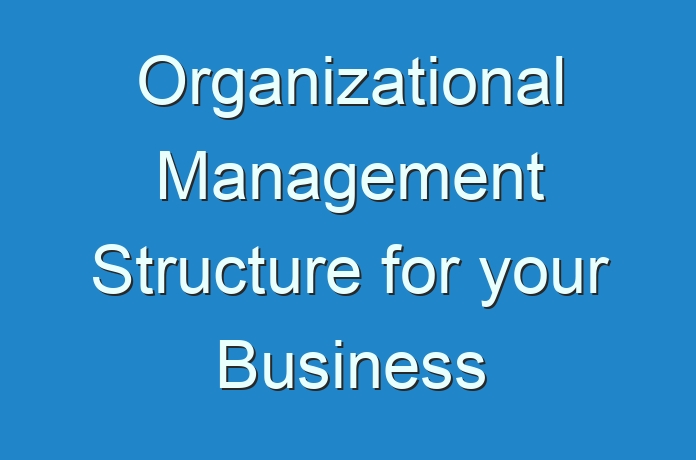
The further development of the world of work has produced numerous innovative and partly experimental forms of organizational structure which compete with traditional concepts. Group structures as well as networks and holdings should be more geared towards the needs of digitalisation and the modern world of work and, in turn, move away from traditional chains of command. Organizational Management is therefore a tool to properly carry out and realize the tasks and objectives
Matrix organization
This organizational structure combines the advantages of functional and divisional models and groups them into a three-dimensional matrix. It breaks down the positions and departments first by function and then by division. The powers of education in force are divided into two independent and equal dimensions. This means that all employees have two people to refer to at the same time: the department manager and the respective product manager. The organization chart illustrates these relationships through vertical and horizontal lines.
The strength of the matrix organization is that it can be flexibly adapted to better address fluctuations in capacity utilization within the company. The shorter communication channels and the availability of specialized contact persons make decisions and the transmission of information increasingly dynamic. Due to its complexity, however, the matrix organization is mainly used by large internationally active companies such as Starbucks and in project-oriented sectors such as construction and vehicle development.
It is also this complexity that causes not only high planning and implementation costs, but also confusion among employees. The potential point of contention is double management: crossing the areas of responsibility can lead to conflicts of competence and make communication, decision-making and service evaluation more difficult. For this reason in practice many companies appoint a single authority (usually the department manager), which delegates its subordinates only temporarily and in close connection with the task for the respective product areas.
Advantages of using Matrix Mix
- combines the advantages of the functional and divisional organizational structure
- greater flexibility
- better management of workload fluctuations
- more dynamic communication and faster transfer of information
- largely democratic decisions
In summary: is there the Right Corporate Organizational Structure?
To be successful with your business, you must first determine the organizational structure that best fits your goals. Opinions are divided on which is the absolute best, whether traditional / mechanistic or modern / organic.
If you want clear and strict areas of responsibility, the functional model should be used. However, if you have a wide range of specialized products and are also active on the international market, you should consider a hybrid concept and combine functional and divisional structure to form a matrix organization. But it doesn’t stop there: flat hierarchies and equal team models are on the rise, because they allow for closer communication and cooperation between employees and at the same time promote their motivation.
Ultimately, however, there is no perfect solution, because any good organizational structure always represents a compromise between a fixed structure (integration) and the deeply dynamic business environment (differentiation).





